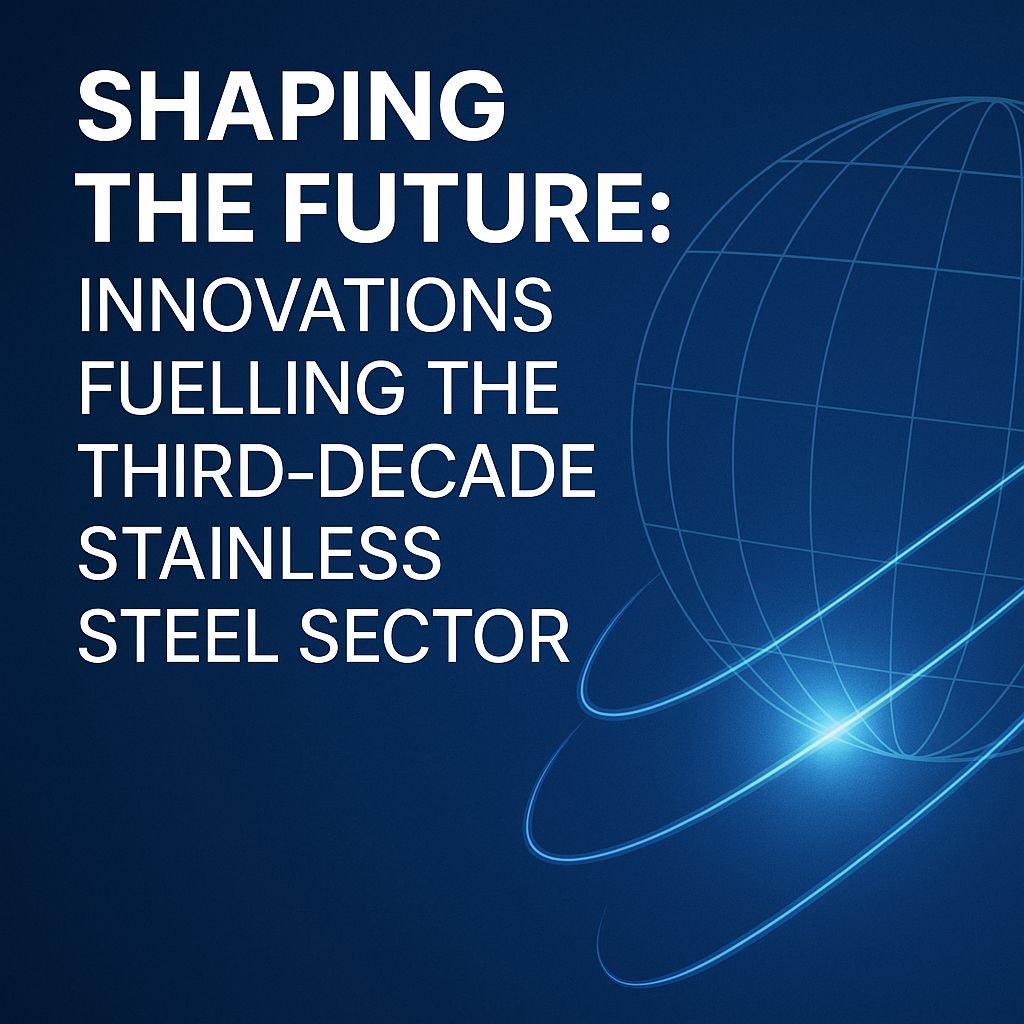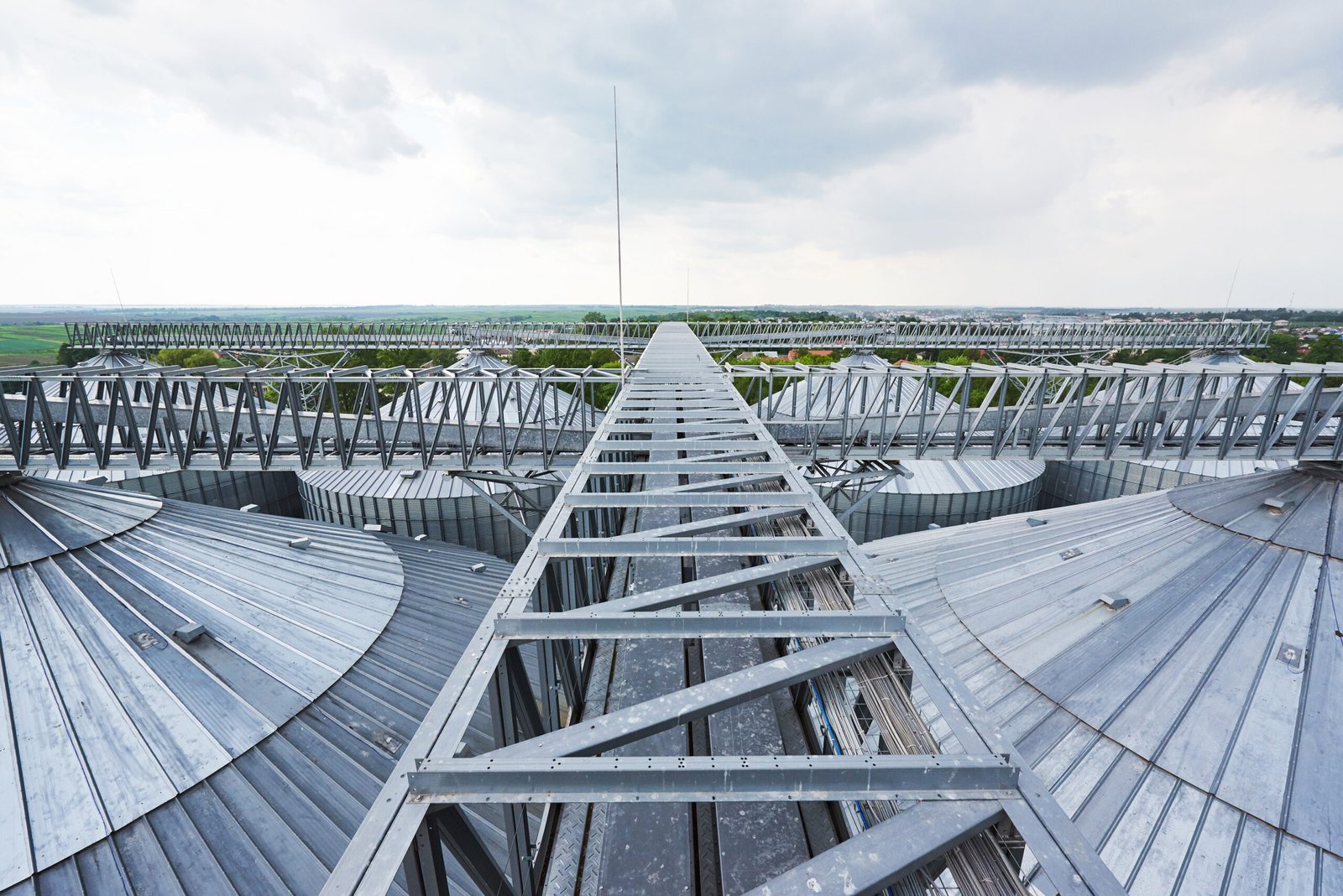Shaping the Future: Innovations Fuelling the Third-Decade Stainless Steel Sector

Exploring innovations and market trends that will shape the stainless steel industry by 2030, with insights from Sakshi Chhabria.
Technology breakthroughs, sustainability programmes, and shifting customer preferences are all driving change in the stainless steel sector. A number of significant changes are anticipated to change the industry by 2030:
1. Sustainability and the Circular Economy: One important element in lowering carbon footprints is the recyclability of stainless steel. Companies are focusing on using low-carbon production methods and more recycled scrap.
2. Advanced Alloys and New Applications: Industries including renewable energy, aerospace, and healthcare will utilise stainless steel as a result of the development of high-performance grades with improved corrosion resistance.
3. Digital Transformation: Automated production lines, predictive maintenance, and AI-powered quality control will improve operational effectiveness.
4. Regional Growth and Global Need: Emerging economies, particularly those in Asia and Africa, will drive the need for stainless steel in industrial applications, transportation, and construction.
Businesses that make investments in technology innovation and environmental practices will have a competitive advantage in this changing environment.
FAQs Regarding the Stainless Steel Industry’s Future
- How will sustainability affect the stainless steel sector going forward?
In order to lessen their carbon footprint, businesses will employ more recycled stainless steel and low-carbon production techniques. Sustainability will be a key concern.
- How will the production of stainless steel be affected by digital transformation?
AI, automation, and predictive maintenance are examples of digital technologies that will improve quality control, decrease downtime, and increase operational efficiency.
- By 2030, which sectors will have the highest need for stainless steel?
The demand for stainless steel is anticipated to be significantly influenced by the following industries: transportation, aerospace, healthcare, and renewable energy, particularly as advanced alloys are developed.
- What makes stainless steel a sustainable material?
Stainless steel can be recycled 100% of the time without losing its qualities. A circular economy is promoted by its longevity and resistance to corrosion, which also lessen the need for regular replacements.
- What impact will rising economies have on the world market for stainless steel?
The infrastructure and industrial sectors of both Asian and African nations are growing quickly, which is driving up demand for stainless steel in manufacturing, transportation, and construction.
- What developments are anticipated in stainless steel alloys?
For specialized applications in sectors including aerospace and energy, new high-performance grades with enhanced strength, heat tolerance, and corrosion resistance are being developed.










